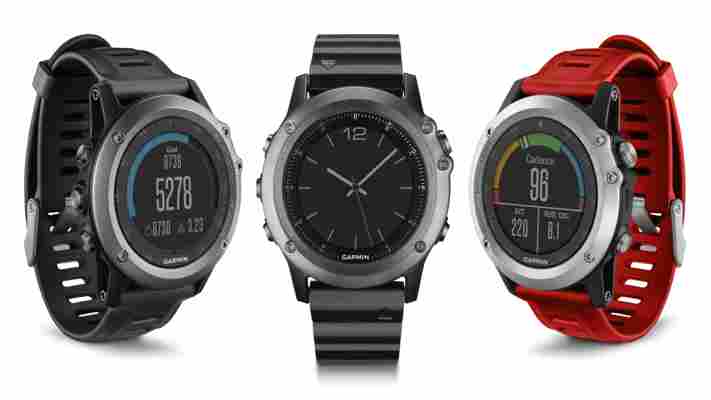Chinese site MyDrivers recently leaked a photo and some specs for a new HTC handset called the Desire 8 – and now the Taiwanese smartphone maker has all but confirmed its industrial design.

On its Weibo account , HTC has published a teaser image for what rumors have described as a new, mid-range Android handset with a 5.5-inch display, a 13-megapixel rear-facing camera and a 5.5-megapixel counterpart fitted on the front. While those specs are still unconfirmed, the digital poster does feature the same handset photo originally leaked by MyDrivers.
It appears to have an all-plastic construction, with a volume rocker and lock button on the right-hand edge. It’s a clean design that would fit in with the high-end HTC One and its sleek, metal design – which the company appears to be reusing for its successor later this year. The Desire 8 also has front-facing grills – six holes for each – both on the top and bottom of the device, making a ‘BoomSound’ dual-speaker set up a distinct possibility.
➤ Weibo (Via AndroidCommunity )
This project adds ambient sounds to Google Street View
Google Street View is a brilliant way to immerse yourself in some of the most remote parts of the world, but right now it’s a strictly visual experience. Amplifon , a specialist in hearing aids, is hoping to change that with a new project called ‘ Sounds of Street View .’

As the name implies, this web experiment lets you hear what’s happening around you in various Google Street View locations.
Using the Web Audio API , the company has set up multiple Google markers in each location that can project stereophonic sound. This means that as you pan from left-to-right, the sound will change accordingly in your headphones or speakers – just like it would in the real world. Furthermore, the volume of each sound will fluctuate depending on your distance from the marker.
Amplifon has created three Google Street View environments that you can explore: Place du Palais in France, Hapuna Beach in Hawaii, and Balboa Park in San Diego. Each sound is a short loop and the Street View experience can stop and stutter at times, but the potential is clear.
Google tried a similar idea with Night Walk , an experiment that combined an audio tour of Marseille with its 360-degree Street View imagery. The experience was unique, educational and fairly immersive, but it was like walking around with headphones on; in comparison, Amplifon’s project is replicating the natural, ambient noises that you would hear in the real world.
Creating sounds for all of Google Street View would probably take Amplifon a few decades, so it’s put the related code up on GitHub for developers and passionate mappers to check out. Google should certainly take note – this is a brilliant idea that could take its mapping services to a whole other level.
➤ Sounds of Street View
Garmin launches a trio of GPS smartwatches: Fenix 3, Epix and Vivoactive
We told you what to expect from CES 2015 and it’s already playing out as we predicted – with a slew of wearables. Garmin’s the latest firm to fling its offerings our way with three new and very different smartwatches – the Fenix 3, Epix and Vivoactive.

The Fenix 3
The Fenix 3 is a “smart multi-sport GPS watch”. Translation: as well as built-in GPS and support for Russia’s GLONASS system, the watch will hook up with sensors like heart rate monitors. It will also count your steps and give you hourly reminders to get up and move. For more serious athletes, there’s recovery time calculation, VO2 max and a lot more.
The watch has a daylight-readable color display and supports Garmin’s new app platform Connect IQ . Available apps so far include a weather app from AccuWeather and a calendar from Tempo.
As well as running, the Fenix 3 will also report on biking, swimming, skiing and snowboarding. In the pool, it’ll track distance, pace, stroke and more. For skiers and snowboarders, it measures speed, distance, vertical drop and includes an automatic run counter. For everyday exercise you can set a customized daily step goal and there’s a sleep mode to monitor the quality of your slumber.
A feature called LiveTrack will allow Fenix 3 owners to take part in collaborative workouts by sending your run data to friends via Garmin Connect . The watch automatically sends updates via Wi-Fi or hooks up to your phone via Bluetooth to send them through the app. It also packs in a compass, barometer and altimeter which are all useful for hiking and other outdoor shenanigans.
The Fenix 3 will be available in the first quarter of this year in five versions: silver with a red band or grey with a black band ($499.99) or $549.99 with a wireless heart rate monitor strap. Rustle up $599.99 and you’ll get the high end Sapphire model with a stainless band and a domed sapphire lens.
The Epix
The Epix is touted by Garmin as a “first-of-its-kind handsfree navigation device”. Essentially, it’s a moving map you can carry on your wrist displayed on a 1.4 inch touchscreen. The watch comes with a built-in world relief basemap and a one-year subscription to BirdsEye Satellite Imagery to keep it updated. There’s also 8GB of on-board storage.
Besides the mapping features, you’ll find a digital compass, altimeter and a barometer inside the Epix. Like the Fenix 3, the watch also supports sensors such as heart rate straps. It’s water resistant to 50-meters. Like the Fenix 3, the Epix uses the Connect IQ platform so you can add extra apps to the device and it’ll connect to your smartphone for notifications via Bluetooth.
The Epix will be available this quarter for $549.99 or a $599.99 if you want a more detailed topographic map pre-installed.
The Vivoactive
The Vivoactive is the most affordable and simple of the trio. Like the other models it will allow you to install apps from the Connect IQ platform. It has a color display, supports wireless sensors and has interchangeable bands. Its main benefits over the other two models are price – it’ll be $249.99 or $299.99 when it launches this quarter – and thinness. It’s definitely a more day-to-day device than its rugged compatriots.
